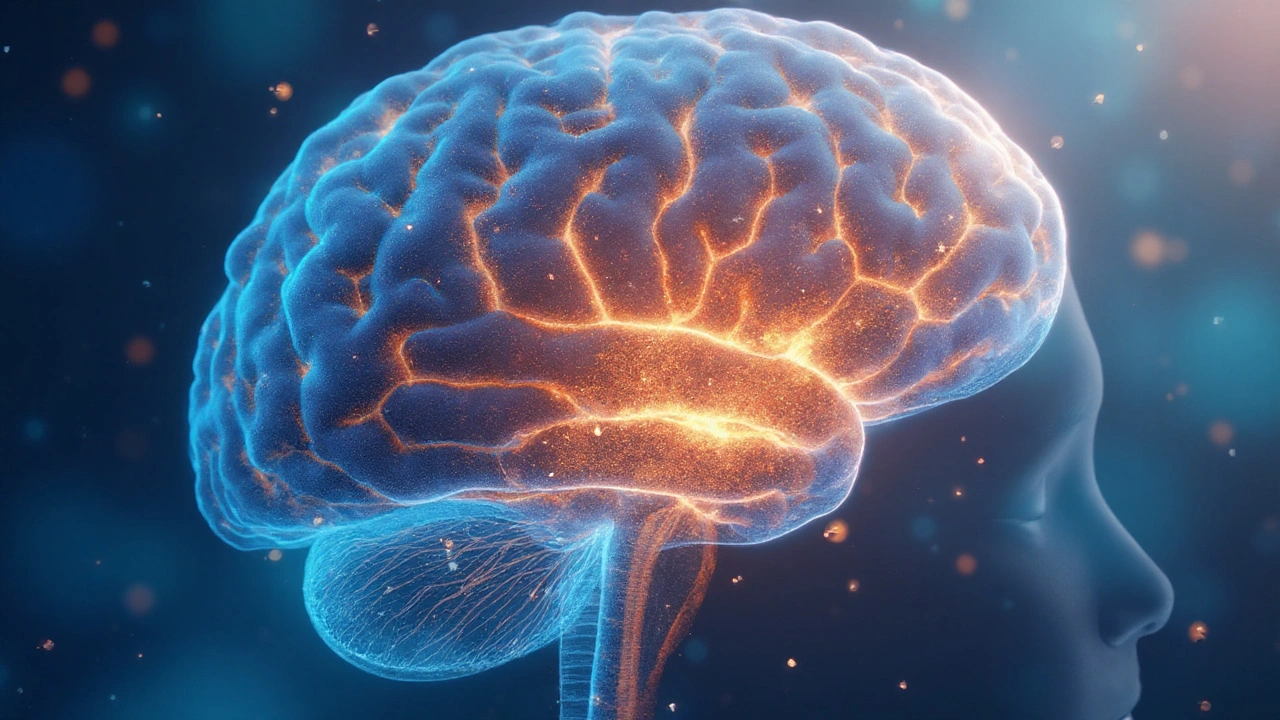NADH Supplement: Benefits, Dosage, and Safety
Ever wonder why some people swear by NADH pills for a quick energy boost? You’re not alone. NADH (the reduced form of nicotinamide adenine dinucleotide) plays a key role in turning food into fuel inside your cells. That’s why it shows up in supplement aisles promising more stamina, sharper focus, and faster recovery. Let’s break down what the science says, how to use it safely, and who might actually benefit.
How NADH Works and What It Can Do for You
NADH is a co‑enzyme that helps your mitochondria produce ATP – the energy currency of every cell. When you take a supplement, the idea is you’re giving your body extra building blocks to keep the energy‑making process humming. Some studies report modest improvements in mental clarity and physical endurance, especially in people who are low on NAD+ levels due to age or chronic fatigue. It’s not a miracle cure, but for those feeling a midday slump, a small boost can make a noticeable difference.
How to Take NADH Safely
Typical adult doses range from 5 mg to 20 mg per day. Most users start with 5 mg in the morning and see how they feel before raising the amount. Taking it with a meal can improve absorption, but some people prefer an empty‑stomach dose for a quicker kick. If you’re on medication, especially antidepressants or chemotherapy agents, talk to your doctor first – NADH can interact with certain drugs.
Side effects are rare, but a few people report mild headaches, nausea, or jittery feelings at higher doses. If you notice any of these, cut the dose in half and see if it settles. Pregnant or nursing women should avoid NADH until more safety data is available.
When stacking NADH with other supplements, keep it simple. Pairing it with B‑vitamins or CoQ10 often makes sense because they all support mitochondrial health. However, adding stimulants like caffeine can amplify jitteriness, so monitor your response closely.
Overall, the key is to start low, stay consistent, and listen to your body. If you feel more alert without the crash, you’ve probably found a sweet spot. Remember, supplements work best when combined with a balanced diet, regular sleep, and exercise.

- Sep, 1 2025
- Comments 8